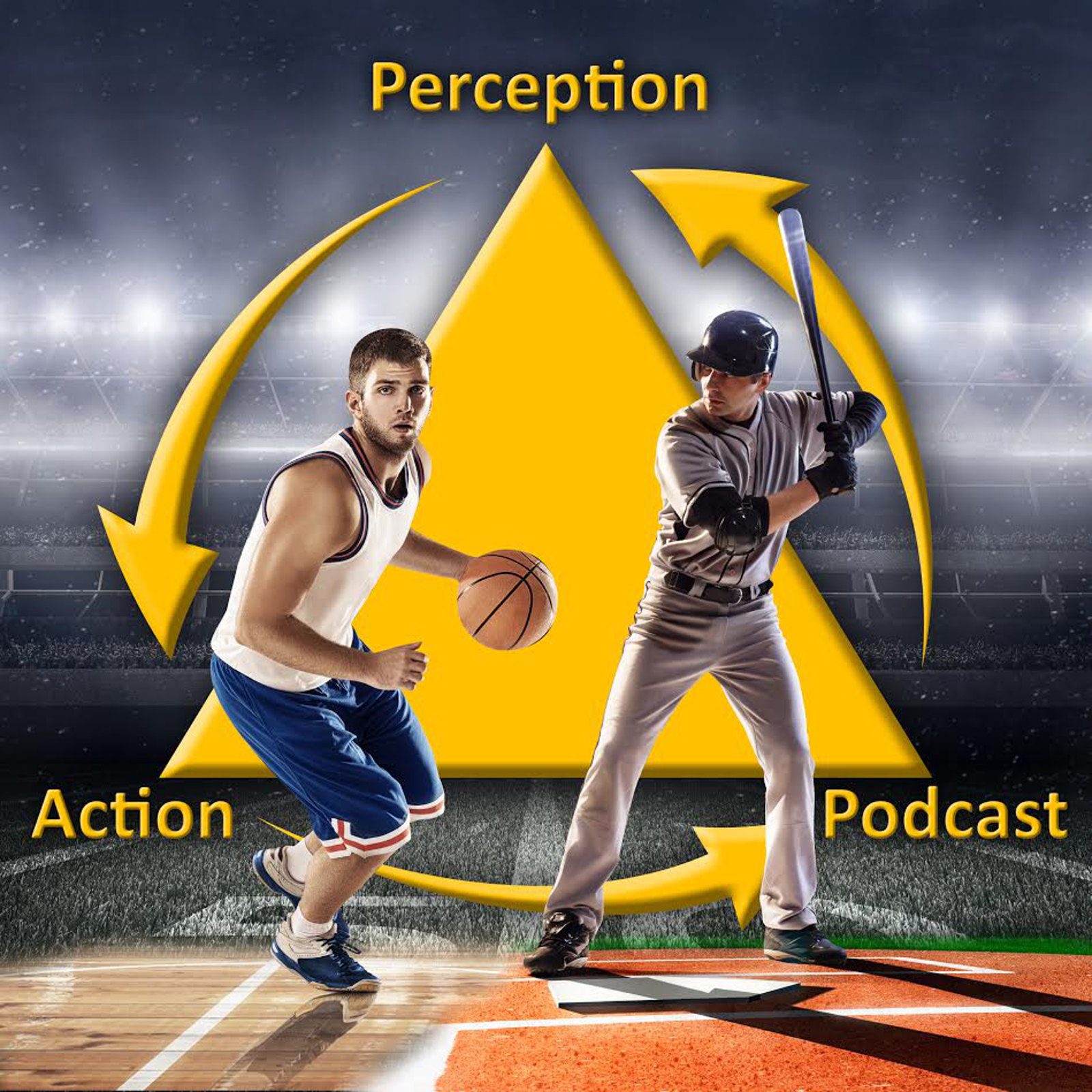20C – The Ecological Approach to Perception-Action & Implications for Skill Acquisition
What are the key ideas of the ecological approach to perception-action first proposed by James Gibson? How do they differ from the traditional approach? What are affordances? Are representations and internal models evil? Does perception work like Sherlock Holmes?
Download link
Key Points
• The ecological approach to perception-action was developed by James J Gibson
• The traditional and ecological approaches to perception can be contrasted in terms of their answers to 5 questions:
• Question #1. How good are our sensory inputs? Traditional = sensations coming in are impoverished (static, 2D, inverted, snapshots) and must be processed by the brain before it can be given meaning and acted upon. Thus, called cues. Ecological = sensations coming in are rich, dynamic and directly specific the variables we need to control our action, no further processing is required. Thus, called information.
• Question #2: What are the units of perception? Traditional = the world is perceive in terms of the units of physics (e.g., heights, widths, time intervals). Ecological = world is perceived in terms of affordances; what opportunities for action are afforded by objects in our environment.
• Question #3 – Perception before or just during action? Traditional = to compensate for impoverished sensory inputs, a lot of perception happens before the event starts (or very early in it) in terms of internal predictions, anticipation and pre-planned movements executed via motor programs. Movement control is predictive. Ecological = perception happens once the event begins (not need for prior prediction because there will be rich information available that is sufficient). Movement control is prospective, that is achieved by coupling control of body to a source of perceptual information (see Episode 5 for more).
• Question #4 – What role do representations play in the control of action? T Traditional = the main goal of perception is to generate an internal model or representation of the outside word in our head. This representation is then compared to memories and actions are generated. Perception is a general purpose recreation of environment in brain. Ecological = representations are completely unnecessary. Perception is action specific and based on rich information available online, not stored in memory
• Question #5 – How are skills acquired? Traditional = skill acquisition involves moving through a linear series of stages involving accumulation of declarative knowledge through instruction, development of motor programs, generation of internal models, and finally, automaticity. It can be speeded up via general purpose training designed to improve our perceptual abilities (e.g., visual acuity, depth perception), training anticipation skills, and developing technique through repetition. (See Episodes 8 and 18E for more). Ecological = skill acquisition is non-linear because it involves a performer becoming perceptually attuned to information sources in the specific sporting environment that can be used to achieve their goal. This can be accelerated by giving the performer opportunities to experience these information sources by designing practice with variations in the constraints imposed by the environment e.g., size of playing space (See Episodes 14C and 18D for more information)
Book:
Direct Perception
More information:
My Research Gate Page (pdfs of my articles)
My ASU Web page
Podcast Facebook page (videos, pics, etc)
Twitter: @Shakeywaits
Email: robgray@asu.edu
Credits:
The Flamin’ Groovies – Shake Some Action
The New Mystikal Troubadours – Our Sacred Cues
Mondo Topless – Get Ready for Action
Big Blood- Sick with Information
Thomas Allen – Sensation
Zoe Muth – Try to Walk the Line
via freemusicarchive.org and jamendo.com
